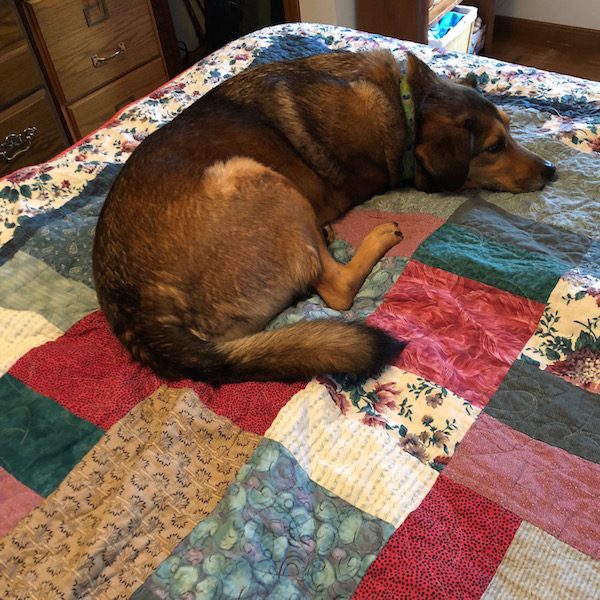Freeing Your Home of Indoor Air Pollutants

Indoor air pollutants can increase allergic symptoms and even kill. Follow these tips to keep your home free of as many harmful pollutants as possible, especially in the winter.
Never Let People Smoke in Your House
The Surgeon General says there is no safe level of secondhand smoke. Respiratory tract infections send thousands of children to the hospital each year, and older adults with heart or lung disease are at higher risk when exposed to cigarette or cigar smoke.
Only Use Stoves and Heaters that Vent Outdoors
Fumes from vehicles or yard work equipment left running in garages can put you at risk. You should only use gas stoves and heaters with vents that lead directly to the outside. Never use grills that require charcoal inside.
Install Carbon Monoxide Detectors Near Your Furnace
Carbon monoxide (CO) is an odorless, colorless gas produced when fossil fuel is burned, and can cause sudden illness or death. You often do not know you are suffering from CO poisoning until it is too late, especially if you are sleeping or intoxicated when the leak occurs.
You should have a CO detector and check it regularly, particularly in Winter, when we use our furnaces more and close our windows.
Replace the batteries in your CO detectors regularly, since false alarms can go off when the batteries are dead.
Choose Paints with Low VOCs
Months after you have painted a room, paints release trace amounts of gases–even if there is no smell. These VOCs (volatile organic compounds), can include toxic formaldehyde and acetaldehyde. Low VOC paints, varnishes, waxes and other chemicals are safer. When painting, open windows and use exhaust fans. Never store open paint cans indoors.
Fix Leaks in Your Roof, Foundation and Basement
Rain and humidity can bring moisture indoors. Damp, even without mold, can contribute to wheezing, coughing and asthma symptoms. Check your roof, foundation, and basement annually.
Clean your AC
Fix leaks and drips as soon as you notice them. Standing water and high humidity encourage dust mites, mold and mildew. Use a dehumidifier or AC as needed, and clean both regularly.
Use Air Purifiers with Caution
Air cleaning devices can reduce tiny particles, but have limits. Air purifiers are not effective against gases or humidity. Many allergens with larger, heavier particles fall too quickly to be effectively removed this way.
Do Not Let Pets in the Bedroom
There is no such thing as a “hypoallergenic” pet. Clean floors and upholstered furniture two or more times a week to reduce allergen exposure.
Take Up Carpeting
Carpet traps chemicals, dust mites, pet dander and fungi. Vacuuming can send them into the air. If you have carpets, use a HEPA (high efficiency particle air) vacuum to improve your air quality.
Kill Dust Mites
Dust mites eat human skin and live in stuffed animals, upholstery, bedding and carpeting. To eradicate them: Vacuum your carpets and upholstered furniture regularly, steam clean at least annually, keep humidity below 50%, use covers resistant to dust mites and use hot water to wash bedding.
Leave Asbestos Alone
Inhaling tiny asbestos fibers can increase the risk of diseases of the lungs. Asbestos was used to cover pipes, and in flooring, shingles and roofs.
Check asbestos-containing materials regularly. If the material is damaged, or you are remodeling, get a professional to remove the asbestos.
Ventilate to Control Humidity
Normal daily activities release water vapor, so adequate ventilation is key. Try these tips to keep your humidity down:
- Use exhaust fans in kitchens and bathrooms
- Make sure vents send air outdoors and not back into your home
- Remove any mold
